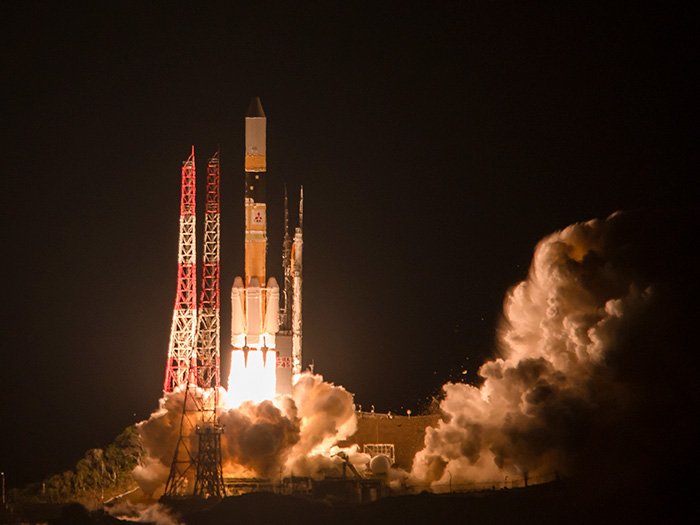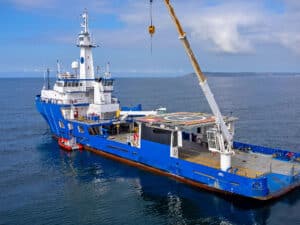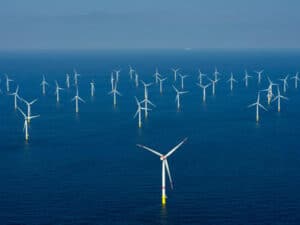
First Inmarsat-6 satellite launches successfully
Written by Nick Blenkey
I-6 F1 launch at JAXA Tanegashima Space Center, Japan [Image: Inmarsat/Mitsubishi Heavy Industries]
Mitsubishi Heavy Industries has successfully launched I-6 F1, the first of Inmarsat’s new generation of satellites, from the JAXA Tanegashima Space Center in Japan.
The Inmarsat-6 series are Inmarsat’s first ever hybrid L- and Ka-band satellites. They incorporating increased capacity and new technological advances for Inmarsat’s new ELERA L-band services alongside additional Global Xpress (GX) high-speed broadband capacity.
This latest launch is the first of seven planned for Inmarsat by 2024 in the company’s fully-funded technology roadmap.
Launch success was confirmed by MHI at 15:59 UK time on 22 December following satellite separation from the H-IIA launch vehicle, with successful signal acquisition soon afterwards.

“This launch marks Inmarsat’s newest technological leap forward as we maintain our strong commercial momentum and sector leadership,” said Rajeev Suri, CEO of Inmarsat. “It gives me great pleasure and pride to confirm the successful launch of I-6 F1. This satellite extends our world leading mobile satellite communications services for our customers and partners, especially in the Indo Pacific region. My warmest thanks and congratulations go to the Inmarsat team that delivered flawlessly on this project as well as our launch provider Mitsubishi Heavy Industries and our satellite manufacturing partner Airbus Defence and Space.”
According to Inmarsat, I-6 F1 is the most sophisticated commercial communications satellite ever launched. It is comparable in size to a London double-decker bus, with a deployed solar arrays “wingspan” similar to a Boeing 767 and a 9 meter wide L-band reflector that will be deployed over the coming days. The satellite will then be raised to geostationary orbit (GEO) approximately 36,000 kilometers (around 22,500 miles) above the Earth via its all-electric propulsion system. It will hen undergo a thorough and extensive testing program. I-6 F1 will enter service in 2023 and will be supported by ground stations in Western Australia.




